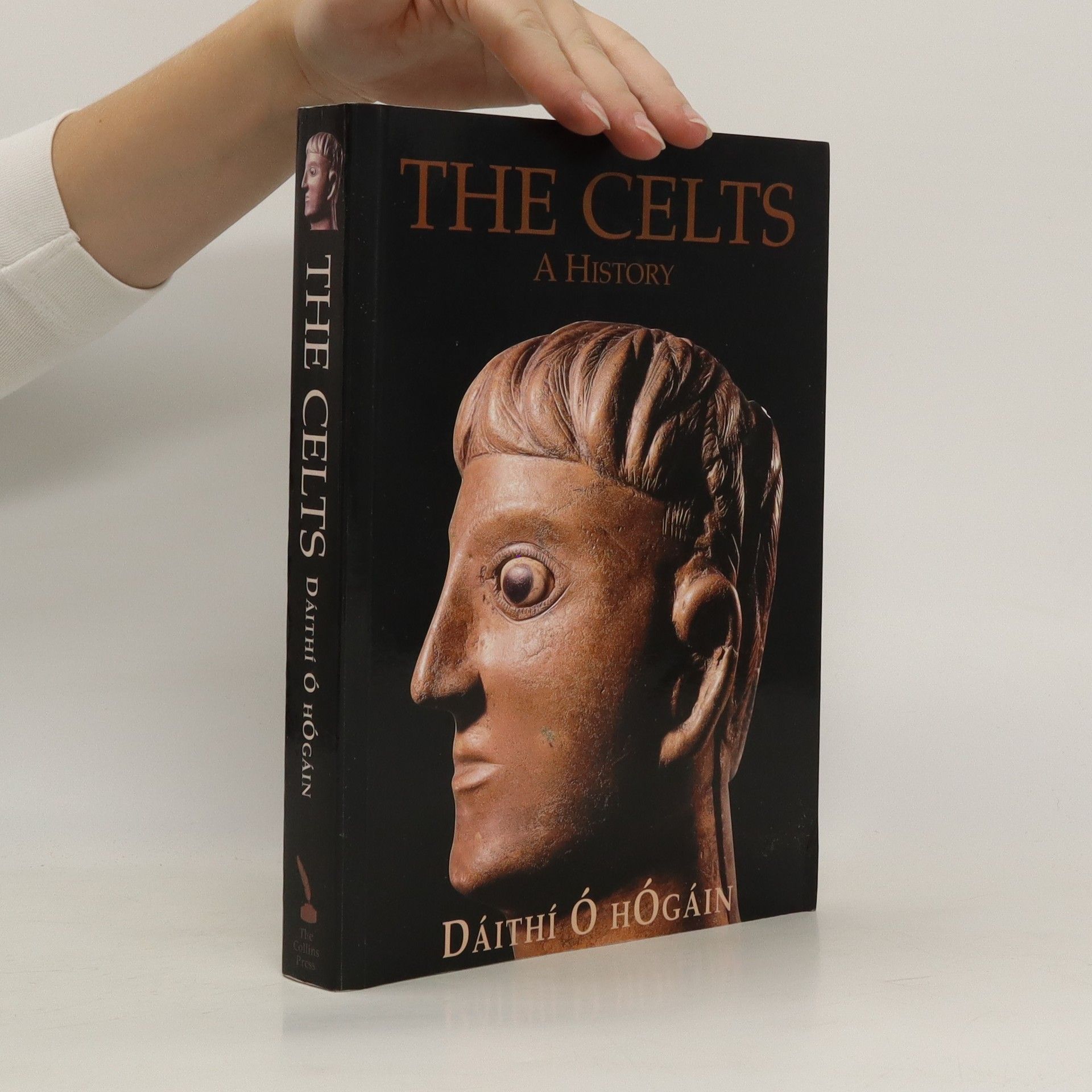The definitive reference book on Ireland's cultural and religious heritage. Ireland has one of the finest cultural heritages and a standard reference book combining the related subjects of folklore, myth, legend and romance is long overdue. There are 350 substantial entries, in alphabetical order from Abán, a 6th-century saint, to Weather, all with full references to sources, a synopsis of relevant stories, and discussion of their origin, nature and development. These are complimented by a genre-list of material under various headings, such as Mythical Lore, Fianna Cycle, Ulster Cycle, King Cycles, Peoples and Traditions, Religious Lore, and Folk Custom and Belief. There is also a wealth of genealogical detail, indicating how historical and social circumstances have influenced the growth and spread of Irish lore. DAITHI O HOGAIN, Associate Professor of Irish Folklore at University College Dublin, was an international authority on folklore and traditional literature.
Dáithí Ó hÓgáin Reihenfolge der Bücher
Dieser Autor tauchte tief in die irische Sprache und Kultur ein und schuf Werke sowohl auf Irisch als auch auf Englisch. Seine umfangreiche Forschung zum Folklore, insbesondere zu irischen Manuskripten und Nachnamen, bereicherte Archivsammlungen und dokumentierte ein tiefes Kulturerbe. Durch seine Gedichte und Kurzgeschichten erforschte er Themen, die mit der irischen Identität in Resonanz stehen, wobei er oft den lyrischen und tiefgründigen Stil der irischen Sprache verwendete. Seine Schriften zeugen von seinem Engagement, irische Traditionen für zukünftige Generationen zu bewahren und zu feiern.


- 2023
- 2002
The Celts A History
- 297 Seiten
- 11 Lesestunden
"Celtic-speaking peoples were one of the most important population groups to spread across the ancient European continent. From 800 B.C. to 1050 A.D. their story is one of expanding power and influence followed by contraction and near-extinction." "Drawing on all possible sources of evidence, from archaeological remains of ancient Greece and Rome to surviving cultural influences, Daithi O. hOgain outlines the history of the Celts. He follows the evolution of their culture as it gained strength on its two-thousand-year passage westwards through Europe, through the upheaval of the early middle ages to 'twilight' and decline in the west." "The influence of the Celts is far more widespread than its fragmented survival in the outer fringes of western Europe indicates; this once important culture is still a vital component of European civilisation and heritage, from east to west. In tracing the course of the history of the Celts, O. hOgain shows how far-reaching their influence has been."--Jacket